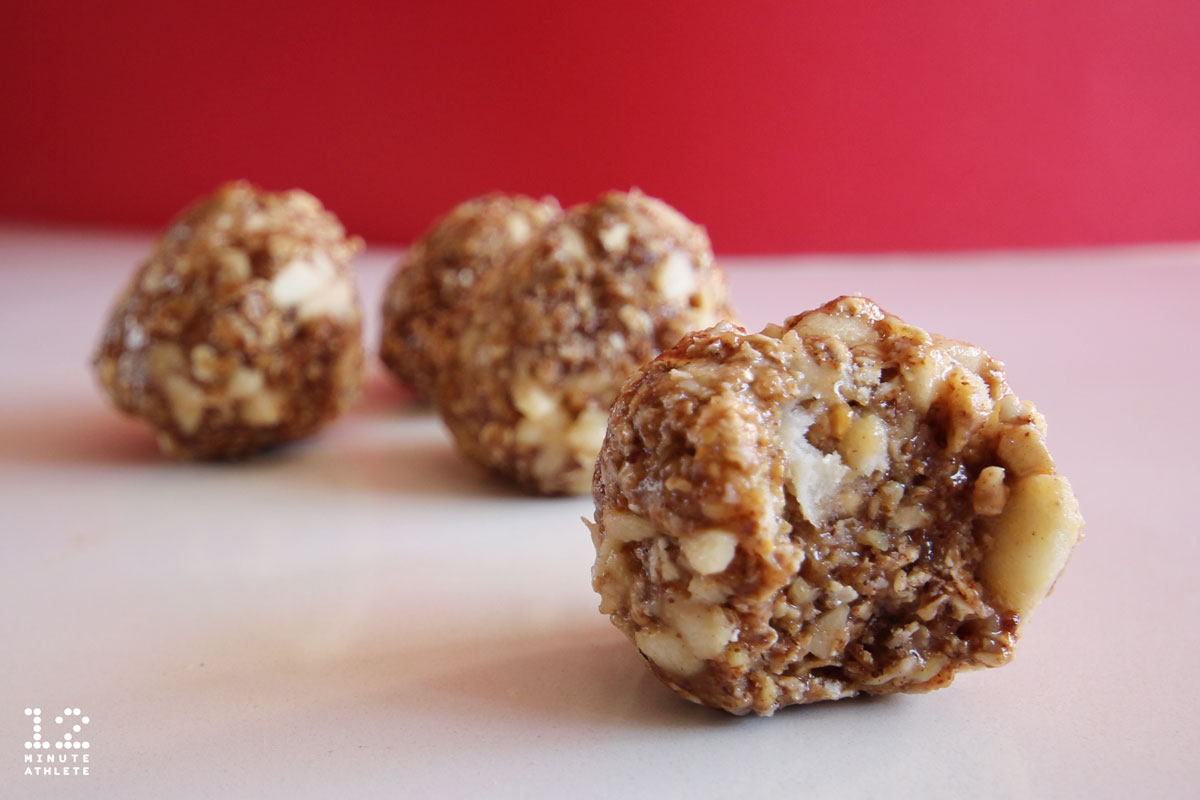This recipe is easily adaptable for any size family. I go with 2 eggs per person for adults and one per child and just adjust the size of the skillet I use accordingly. I have adapted this recipe throughout the years to our liking, but get creative, you can add almost anything to this!
Serve with some great quality crusty bread and enjoy!
Eggs in Purgatory
This recipe will serve 1
1 tablespoon olive oil
1/4 of an onion, chopped
1 clove garlic chopped
1/4 teaspoon red pepper flakes
1/4 teaspoon Italian seasoning
1 x 14 oz can crushed tomatoes
1 tablespoon tomato paste
1/8 cup red wine
½ teaspoon kosher salt (or to taste)
1-2 large egg
1 tablespoon chopped basil
2 teaspoons grated Parmesan (or more as needed)
1 splash of chili oil or hot sauce (optional to serve)
2 slices white bread (or other bread of your choice to serve
- Pour the olive oil into a frying pan or cast iron skillet, then grate in (or mince and add) the garlic and the chopped onion, scatter in the chili flakes and Italian seasoning and put the pan over a medium heat, stirring, for 2 minutes.
- Once the onions and garlic are fragrant add in the tomato paste and stir for 1 minute, then deglaze with red wine. If you don't want to use red wine you can skip all together.
- Add in tomatoes, basil, salt, and let it come to a bubble. It’s got to be hot enough to poach an egg in.
- Crack in the egg (or eggs) leaving them sitting right on top, cover with foil leaving one area open so everything doesn't steam. Let it bubble for 5 minutes, by which time the white should be set and the yolk still runny, let cook longer if you like a hard yolk.
- Remove from the heat, sprinkle with Parmesan cheese, fresh basil or parsley, chili oil or a dash of hot sauce, and serve




